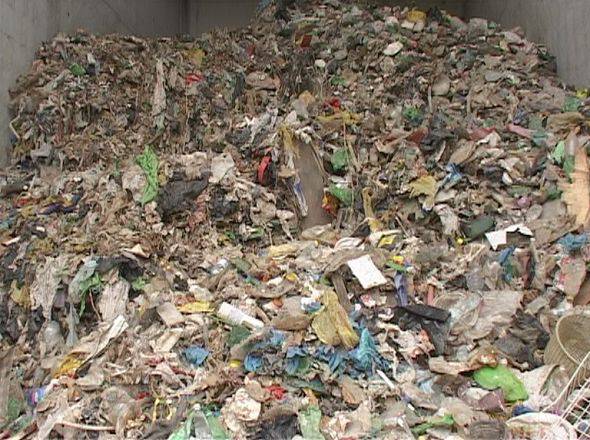Glass and Environment
Mario Moretti
Glass is the most suitable material for producing containers for foodstuffs. It is definitely a hygienic material: it does not contain toxic substances and is very resistant to wear and tear.
The small quantities of glass components that are dissolved in the contained solution are inert and non-toxic substances, like sodium, calcium and silica, elements that are commonly found in mineral water.
Glass containers can be sterilised without modifying the contained solution. Glass is the appropriate material for conserving.
Among glass's many qualities, there is that of the absence of toxicity, and that it is totally recyclable. It is an inert material, that is, it does not contaminate the environment from which it is slowly transformed into silicates; what's more, it is also an ideal material to block dangerous components that can be fused in glass and made inert in its structure.
Unlike other materials, it can be re-melted an infinite number of times while conserving its properties. Glass recycling is an ecological process in every aspect. It reduces the quantity of waste to be treated or dumped, thereby allowing, in addition to reducing environmental damage, savings on waste transport and disposal costs.
The widespread use of scraps also reduces the quantity of primary materials needed for production, especially of siliceous sand and calcium carbonate, thereby reducing damage to the environment deriving from the exploitation of quarries, to the advantage of the territory.
Also, it reduces energy consumption; every ton of scrap which is re-melted saves 1.2 tons of primary materials and about 100 kg of fuel. The use of glass scraps in vitrifiable compounds lowers the temperature required for fusion and consequently a lower quantity of fuel for the fusion is required.
Today we are used to separating glass from other household waste and depositing it in the appropriate bin. From there the glass is taken to treatment centres, selected according to colour, separated from other contaminating material (metal, ceramics), cleaned, and ground into a primary material for the fusion, which are the scraps.
In addition to saving energy, scraps reduce pollution due to combustion fumes.
Millions of hundreds of kilograms of combustible fuel are saved each year in Europe thanks to recycling; some furnaces used for the production of coloured containers use about 90% of scrap in their vitrifiable compound. Also, emissions of CO2, the gas which causes the greenhouse effect, are reduced, because the contribution of carbon dioxide is removed deriving from the decomposition of carbonates in primary materials.
Glass which cannot be fully recycled for fusion (for example TV screens, coloured glass from automobile windows etc.) are used in a wide range of areas.
It is used in the production of ceramic frits, glass fibres for thermal insulation, as an additive for the production of asphalt etc..
Today, research is focused on studies on total recycling.
In the near future, all glass produced in Europe will be fully recycled.

Glass collection and recycling
In Italy, the consumption by the glass industry of scraps of glass from separation of solid urban waste (ecological scraps), is about one million tons a year. These scraps, appropriately …
